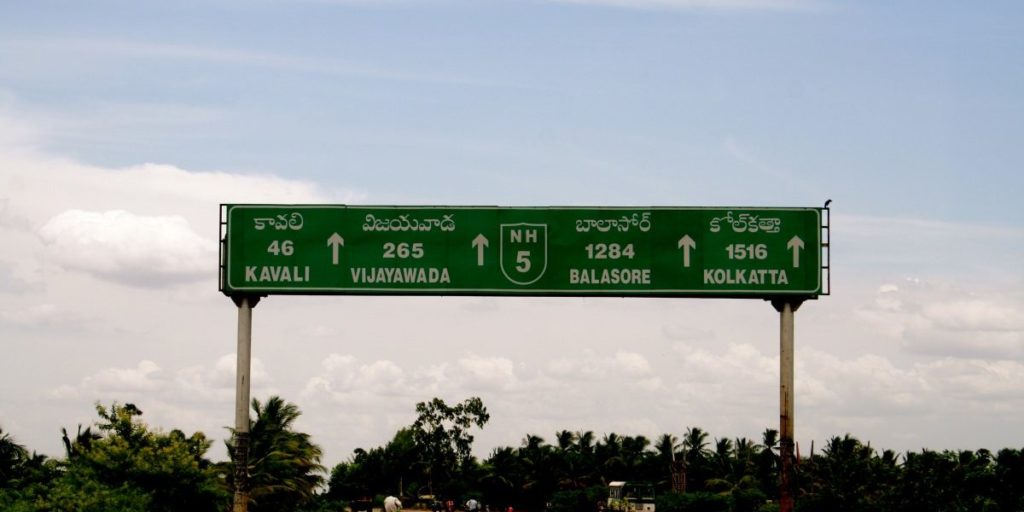The notification, however, is unclear about which ‘borders’ this amendment applies to, mappers pointed out. India has both land and coastal borders.
As per the Ministry of Home Affairs, India’s land borders run to around 15,100 km and its coastline to around 7,500 km.
According to Veera Mahuli, an environmental lawyer and policy researcher, the mention of just ‘borders’ is vague for a reason.
“We have already been seeing [an] uproar with regard to coastal projects and that could be a reason to not specify coastal borders,” she said. “This amendment is with the view to sidestep necessary impact assessment procedures as per the government’s own convenient prioritisation of infrastructure projects.”
That these projects will be prioritised for ‘defence, strategic and security considerations’ makes it all the more precarious and difficult to raise objections, she added.
The Wire wrote to the secretary, MoEFCC, to clarify the definition of ‘border’ in the amendment. The story will be updated once their response is received. But let’s look at what both definitions of a border (land and coastal, or land alone) would mean in the context of this amendment for India, its people and biodiversity.
If we consider both land and coastal borders, it would mean that highway projects in around 35% of India’s land area would be exempt from environmental clearances, said ecologist M.D. Madhusudan. This would include all four of the world’s 36 biodiversity hotspots found in the country: the Himalaya, Western Ghats, the Indo-Burma region and Sundaland (comprising the Andaman and Nicobar Islands). Highway projects in almost all of the Western Ghats and India’s northeastern states – both spots of very high biodiversity and endemism, and of immense cultural richness and livelihood value for local communities – will be exempt from environmental clearances.
Even if we consider only land borders, this amounts to more than 7,00,000 sq km of India’s land area because ~60% of India’s international borders are terrestrial ones, Madhusudan said. Northeast India will bear the brunt here: entire states, including Sikkim, Tripura and Meghalaya would be exempt from clearances for such projects. Incidentally, the northeast is home to a large part of India’s remaining forest cover. Around 64% of India’s northeast – 1,69,521 sq km – is forest, as per India’s latest State of Forest Report.
However, the changes that this amendment will bring about will impact not just forests but numerous other habitat types too. This includes distinct ecosystems such as Open Natural Ecosystems in western India, high-altitude steppe pastures, wetlands, coastal and intertidal ecosystems, said Madhusudan. “These are just as important as our forests… maybe even more.”
As experts on environmental law have noted, the government tried to evade the need for an EIA in Uttarakhand’s Char Dham project (which aims to develop highways across 825 km in the Himalaya) by splitting it up into 53 smaller patches of less than 100 km each. Both the National Green Tribunal and the Supreme Court did not appreciate this, said Kavita Upadhyay, an independent water policy researcher and journalist. The NGT asked for a rapid EIA; and the Supreme Court appointed a High Powered Committee (HPC) to look into all the environmental impacts that the Char Dham project would cause. Finally, a draft rapid EIA was submitted to the HPC.


